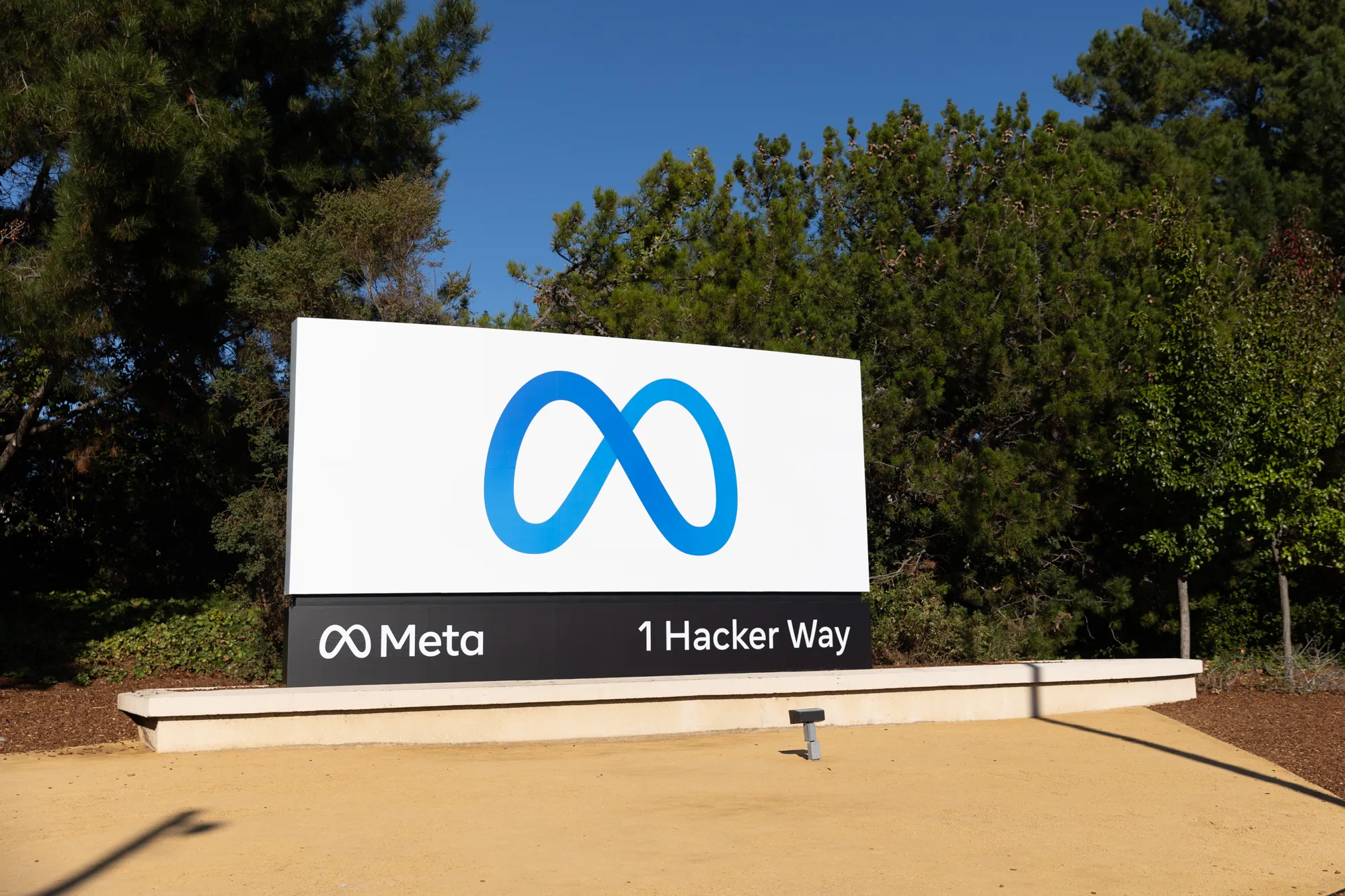Meta’s recent announcement that it will seek proposals from U.S. nuclear energy developers to supply between 1 to 4 GW of new capacity for its future data centers is another high-profile example of Big Tech’s evolving stance on clean energy. On the surface, this move appears consistent with Meta’s sustainability goals—delivering low-carbon, reliable baseload power to support its meteoric growth in AI-driven data processing. Yet, the decision to pivot beyond wind and solar into nuclear territory raises significant questions about what “sustainable” energy actually means, and whether this shift represents a genuine long-term solution or a subtle form of ESG veneer.
To be sure, the stakes are high. By the early 2030s, Meta expects its data centers—vast, energy-hungry complexes—to require exponentially more electricity to support advanced AI workloads. The company has previously relied on an impressive portfolio of renewables—over 12 GW’s worth of solar and wind, along with battery storage contracts. But these intermittent energy sources may struggle to keep pace with accelerating demand, especially if the company wants to ensure uninterrupted, round-the-clock power. The answer, Meta suggests, lies in baseload nuclear capacity.
Nuclear power, unlike solar and wind, provides steady, predictable electricity. It is also virtually carbon-free at the point of generation, making it attractive to ESG-minded corporations seeking stable clean energy. This logic has recently drawn other tech giants—Google, Microsoft, Amazon—into exploring nuclear to meet their own formidable energy needs. The momentum is building, and Meta’s RFP could contribute to a wave of new reactor projects, perhaps even kickstarting the advanced nuclear sector that has long struggled to achieve commercial scale.
But beneath the allure of carbon-free baseload power lie unresolved issues. Nuclear energy, while low-carbon, is not free of environmental or social complexities. Nuclear waste management remains a thorny problem. Even next-generation reactors, which promise improved safety and waste profiles, will need to carefully address community concerns and ensure equitable and transparent stakeholder engagement. Regulatory hurdles, extended project timelines, and the risk of cost overruns also raise doubts about how quickly and affordably these nuclear projects can come online.
Moreover, this shift toward nuclear comes as the broader renewable energy landscape undergoes rapid evolution. Improvements in grid storage technologies, advanced grid management systems, and innovative renewables like offshore wind and enhanced geothermal could eventually provide equivalent baseload capabilities. The question is whether nuclear represents a strategic long-term pivot or a short-term patch. Is Meta truly committed to a diversified, fully sustainable portfolio, or is it hedging its bets, using nuclear’s reputation as “clean” to maintain its ESG credentials while rapidly scaling AI operations?
In essence, Meta’s nuclear announcement exposes the complexity of corporate climate commitments. It underscores how sustainability is more than a straightforward journey from fossil fuels to renewables. It’s a path fraught with trade-offs, uncertainties, and careful cost-benefit analyses. If Meta’s nuclear ambition can spur innovation, bring down costs, and yield safer, more sustainable reactors, it may prove a valuable stepping-stone toward a truly low-carbon future. But if it simply provides cover for relentless expansion without grappling with nuclear’s long-term consequences, then Meta’s newfound nuclear enthusiasm may leave more questions than answers on the sustainability front.

Leave a Reply